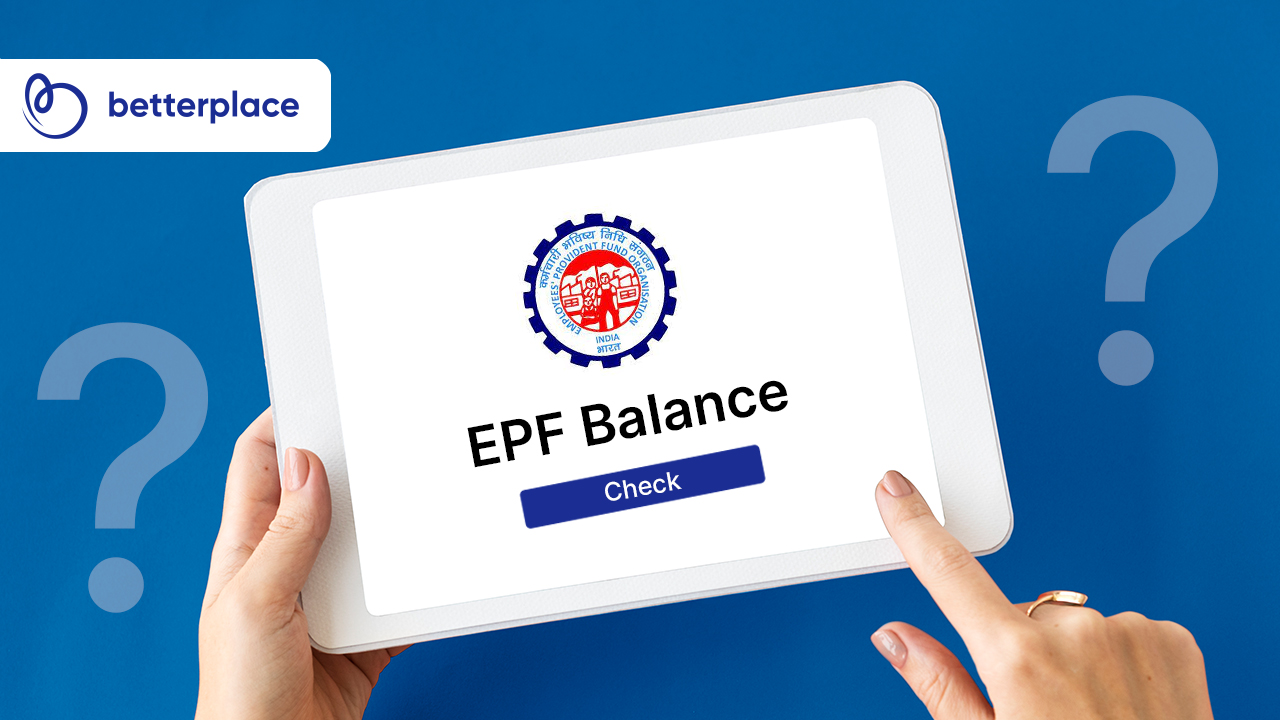In today’s fast-paced business world, the role of Human Resources (HR) has become more critical than ever. HR professionals are responsible for managing employees, providing guidance and support, and ensuring that the organisation complies with various laws and regulations. However, managing HR functions using traditional methods can be challenging, time-consuming, and error-prone.
Fortunately, the advent of modern technology has revolutionised the HR industry, making it easier for HR professionals to manage their duties effectively. One such technology is the Human Resource Management System (HRMS) technology, a comprehensive software solution designed to streamline HR processes and automate many administrative tasks.
Let us look into the details of how an HRMS for employees can make the job easy for the Human Resource Department-
1. Automates Administrative Tasks
Administrative tasks are an essential part of HR operations, including tasks such as tracking employee attendance, updating employee records, and processing payroll. However, these tasks can be mundane and repetitive, often requiring significant manual effort.
HRMS for employees automates administrative tasks and processes, thus reducing the required time and effort and focusing more on strategic HR activities, such as employee engagement and talent management.
For example, HRMS can automate the tracking of employee attendance and leave requests, allowing employees to request time off and managers to approve requests via the HRMS self-service portal. This streamlines the process and ensures that employee leave balances are accurately tracked.
2. Improves Employee Engagement
Employee engagement is a critical factor in the success of any organisation. Traditional HR practices often fall short in this area, with limited employee self-service and communication channels. HRMS for employees offers tools to enhance employee engagement, such as self-service portals, which allow employees to access and update their personal information, request time off, and view pay stubs and benefits information. This empowers employees and improves their satisfaction and engagement with their employers.
HRMS technology helps to keep track of the employees. It helps one know who’s doing a good job and who isn’t. One can also use it to find out how much time people are taking off work and can use it to update personal information, like address or phone number.
3. Enhances Recruitment and Onboarding Process
Recruitment and onboarding require a significant amount of time and resources. Traditional HR practices often involve manual steps, such as posting job ads, receiving resumes, and conducting initial screenings, which can be tedious and time-consuming.
HRMS technology has revolutionised recruitment and onboarding processes by providing automated workflows and tools that streamline these processes. It allows HR professionals to manage job postings and applications on a single platform, thus simplifying the recruitment process and ensuring that all applications are received and tracked in a centralised system.
Furthermore, modern HRMS provides applicant tracking systems (ATS) that screen and sort resumes based on various factors such as qualifications, experience, and other requirements. These tools eliminate manual screening, making identifying the best candidates for the job easier.
4. Ensures Compliance
Compliance with employment laws and regulations is critical for any organisation, but keeping up with changing regulations and ensuring that all HR practices are compliant can be challenging. HRMS for employees offers compliance management tools to help HR professionals stay up-to-date on rules and manage compliance requirements, such as tracking employee certifications and licenses. This ensures that the organisation always complies with the latest laws, reducing the risk of legal penalties and fines.
5. Promotes Data-Driven Decision Making
Traditional HR practices often rely on manual reporting and data analysis, which can be time-consuming and error-prone. HRMS technology offers robust reporting and analytics tools that provide insights into employee data, such as turnover rates, employee demographics, and performance metrics. This allows HR professionals to make data-driven decisions and identify areas for improvement, such as employee training or benefits offerings.
Key Takeaways
HRMS technology offers innovative solutions to traditional HR challenges. By adopting a Human Resource Management System (HRMS) for employees, HR personnel can streamline processes, increase efficiency, and focus on more strategic initiatives. HRMS solutions automate administrative tasks, improve employee engagement, enhance recruitment and onboarding, ensure compliance, and promote data-driven decision-making.
As technology evolves, one can expect HRMS solutions to become even more sophisticated, further revolutionising HR practices.








